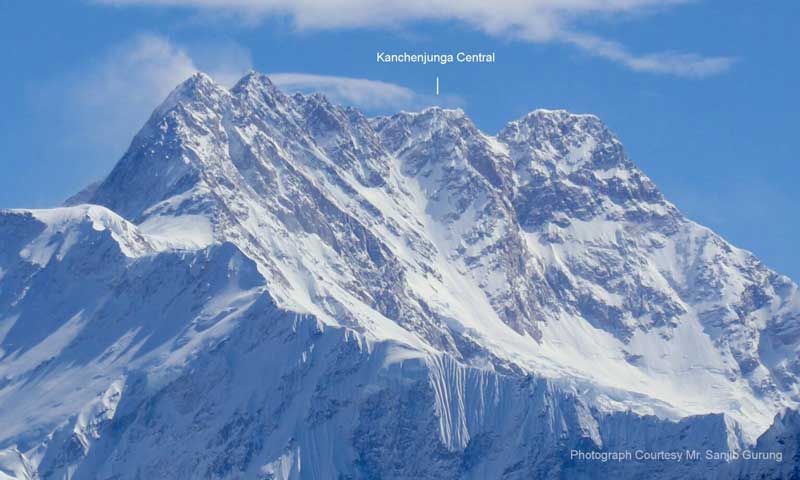Nepal’s Department of Tourism recently added four minor summits of Kangchenjunga and two sub-summits of Lhotse to its list of peaks over 8,000 metres. The history of climbing the sub-summits of Kangchenjunga and the difficulties involved are interesting.
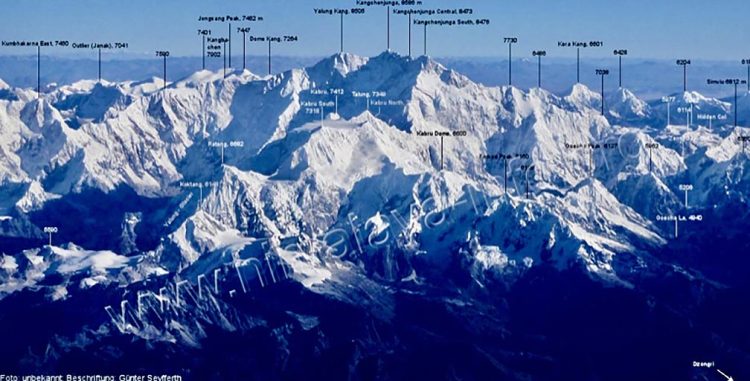
Five sub-peaks – or is it six?
Kangchenjunga (8,586 m) is the third highest mountain in the world. Situated on the border between Nepal and India, its name means “five treasures of the great snows,” and it has several smaller peaks. These are: Yalung Kang (8,505 m), Kangchenjunga South Peak (8,476 m), Kangchenjunga Central Peak (8,473 m), Yalung Kang West Peak (8,077 m), Kangchenjunga Southeast Peak (8,150 m), and Kangchenjunga North Peak (7,938 m). Adding to the confusion, one of these peaks, Yalung Kang West, is a sub-summit of Yalung Kang.
The Nepal Tourism Department has added Yalung Kang, Yalung Kang West, South Kanchenjunga and Central Kanchenjunga to the list of peaks over 8,000 metres.
Yalung Kang 8,505 m
According to the Himalaya Database, 22 expeditions have attempted to climb Yalung Kang (sometimes called West Kanchenjunga). Most of these took place in the 1980s. The last attempt was 11 years ago.
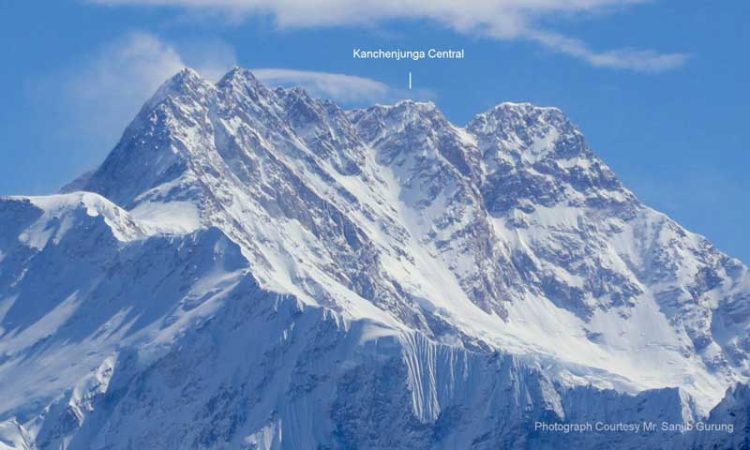
Japanese climbers Yutaka Ageda and Takao Matsuda made the first ascent on May 14, 1973, using oxygen. During the descent, Matsuda died after falling from 8,100 meters.
Of the 22 expeditions, 12 were successful. Fifty-three climbers have summited Yalung Kang, including 14 without oxygen.
The first person to summit Yalung Kang without oxygen was Sergio Hugo Saldana Meneses from Mexico. He reached the summit on May 4, 1980, in the late afternoon. He then fell from 8,400 meters to his death.
The first person to return alive, having summited without oxygen, was Tadeusz Karoliaczak from Poland on October 7, 1984.
Ten people have died on Yalung Kang: seven foreign climbers and three Sherpas. The last fatalities were on May 20, 2014, when Chanda Gayen, Dawa Wangchu Sherpa and Themba Sherpa fell from 8,200 metres. All three were using oxygen. All 10 climbers who have died on Yalung Kang have fallen between 8,100 and 8,500 metres.
Yalung Kang was last climbed in May 2004.
Yalung Kang West
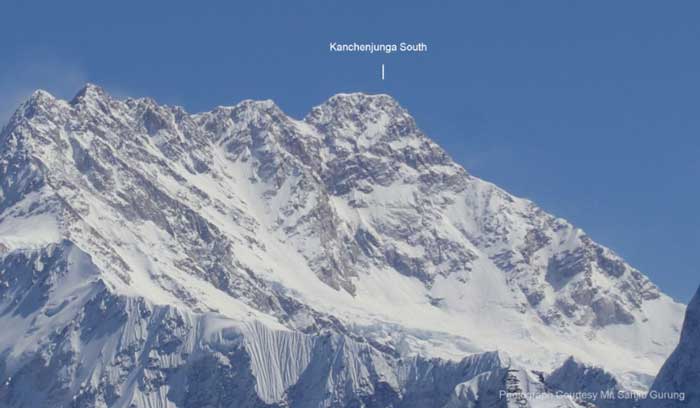
Yalung Kang West (8,077 m) is the western subpeak of Yalung Kang. It is located 1.7 km south-southeast of Kangbachen and 1.3 km west of Yalung Kang. Yalung Kang West has not yet been climbed.
Kangchenjunga South
Six teams have chosen the 8,476-metre-high Kangchenjunga South as their main target, and 31 climbers have successfully summited it.
Wojciech Wroz and Jerzy Chrobak made the first ascent on 19 May 1978, using oxygen.

On April 17, 1989, Russians Vladimir Karatayev and Mikhail Mozhayev made the first ascent without oxygen.
Of the 31 summiters, 12 did so without oxygen: eight foreign climbers and four Sherpas. No one died on this subpeak. The last time Kanchenjunga South was climbed was in February 2011.
Kanchenjunga Central
The central summit of Kanchenjunga (8473 m) is located between the main summit and the southern summit of Kanchenjunga. To date, 27 climbers have climbed this subpeak.
Zyga Henryk, Kazimierz Olech and Wojciech Branski from Poland made the first ascent of Kanchenjunga Central on May 22, 1978, using oxygen.
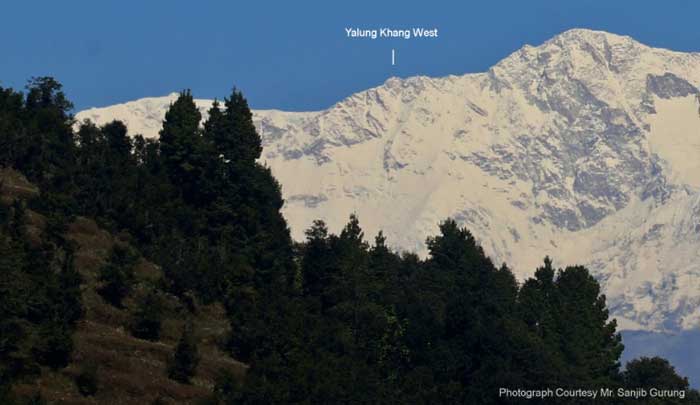
Only Slovenian climber Uroš Rupar reached the summit without oxygen on May 1, 1991, and this is the most recent successful ascent. There have been no fatalities on this subpeak.
Several expeditions have climbed these subsummits as part of a larger goal – to reach the main summit of Kanchenjunga.
Several notable ascents have been made on Lhotse Shar and Lhotse Middle – the proposed eight-thousander subsummits of Lhotse.
Source: alp.org.ua

